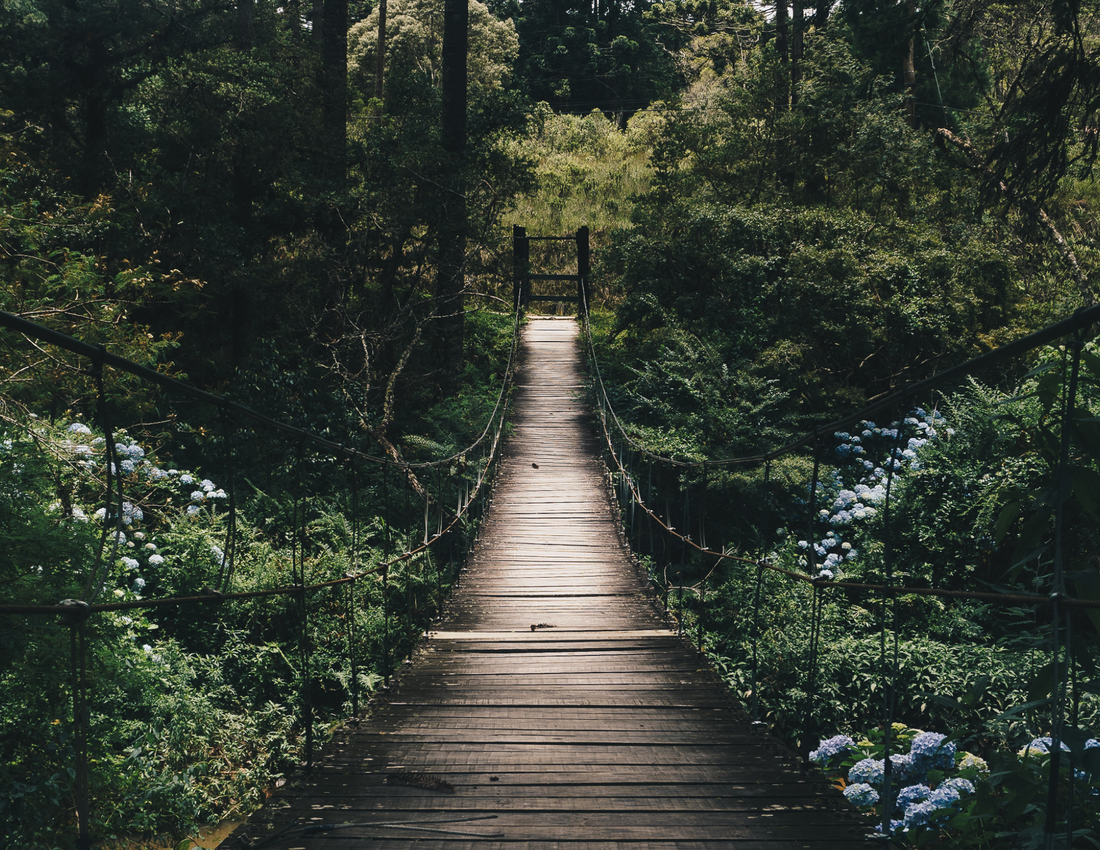In today's modern world, the connection between people and nature has been increasingly strained. As we rely more on synthetic medicines and processed foods, we have become disconnected from the healing properties of the natural world. This disconnect has led to a rise in chronic diseases, mental health issues, and environmental degradation.
Furthermore, many communities, particularly in urban areas, lack access to fresh, nutritious foods and medicinal plants. This lack of access perpetuates cycles of poor health and dependence on conventional healthcare systems that often treat symptoms rather than address underlying causes.
According to the Centers for Disease Control and Prevention (CDC), the US faces significant health challenges, including chronic diseases like heart disease, diabetes, and obesity, which account for 90% of annual healthcare expenditures. Mental health issues affect nearly 1 in 5 adults, impacting productivity and quality of life. 1
Environmental degradation, including air and water pollution, climate change, and toxins, contributes to respiratory diseases, cardiovascular problems, and other health issues, particularly affecting vulnerable populations.
In a society driven by consumerism and convenience, the idea of growing your own medicine may seem daunting at first. Yet, with a bit of patience and perseverance, anyone can cultivate a thriving medicinal food forest right in their own backyard.
The key to success lies in embracing the principles of permaculture – a design philosophy rooted in principles of sustainability and self-sufficiency. By mimicking the structure and function of natural ecosystems, we can create gardens that are not only beautiful but also highly productive and resilient.
To start your own medicinal food forest, begin by observing the natural landscape and climate of your area. Choose plants that are well-suited to your region's soil type and growing conditions, focusing on native species whenever possible. Consider the needs of each plant, taking into account factors such as sunlight, water, and spacing.
Next, design your garden with diversity in mind, incorporating a variety of herbs, shrubs, and trees to create a balanced ecosystem. Plant in layers, with tall trees providing shade and shelter for smaller plants below. Be sure to include nitrogen-fixing species such as legumes to improve soil fertility and support overall plant health.
As your medicinal food forest begins to take shape, remember to nurture and care for it as you would a dear friend. Water regularly, weed diligently, and mulch generously to conserve moisture and suppress weeds. And above all, approach your garden with a spirit of curiosity and wonder, embracing the journey of discovery that lies ahead.
In time, you'll reap the rewards of your labor, harvesting a bounty of herbs, fruits, and flowers to nourish both body and soul. But perhaps the greatest gift of all is the sense of connection and belonging that comes from tending to the land and participating in the cycle of life.
Join me on this adventure of growth and renewal as we unlock the secrets of medicinal food forests and cultivate a brighter, more sustainable future for generations to come - Ceiba Farms.


